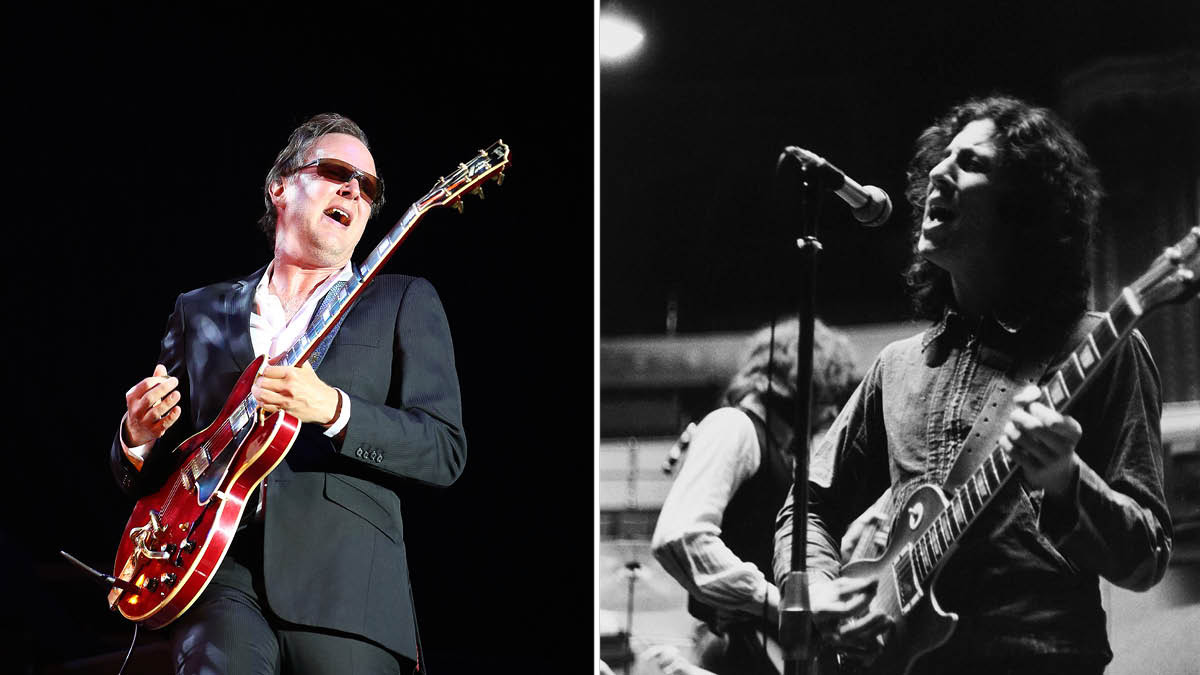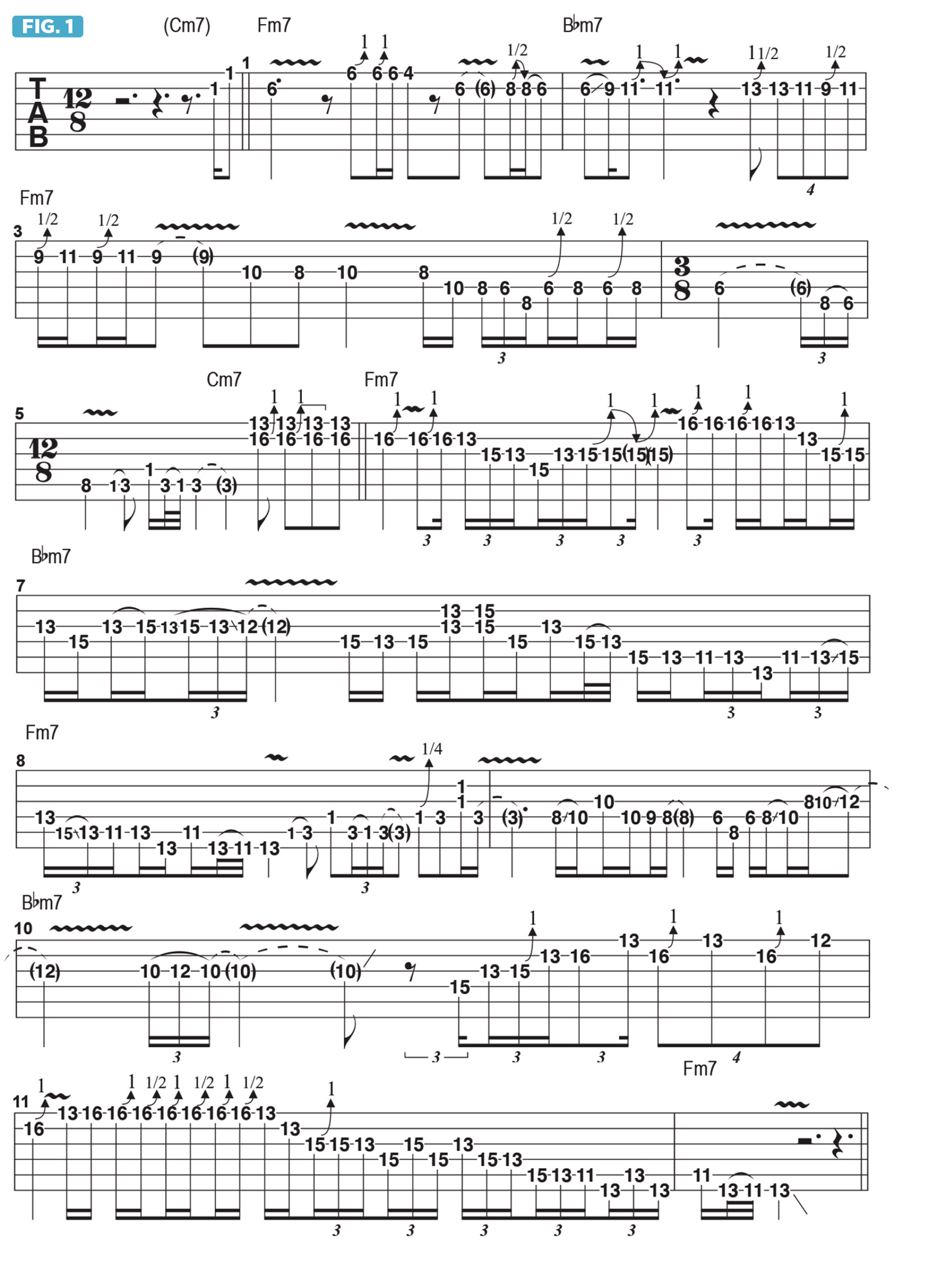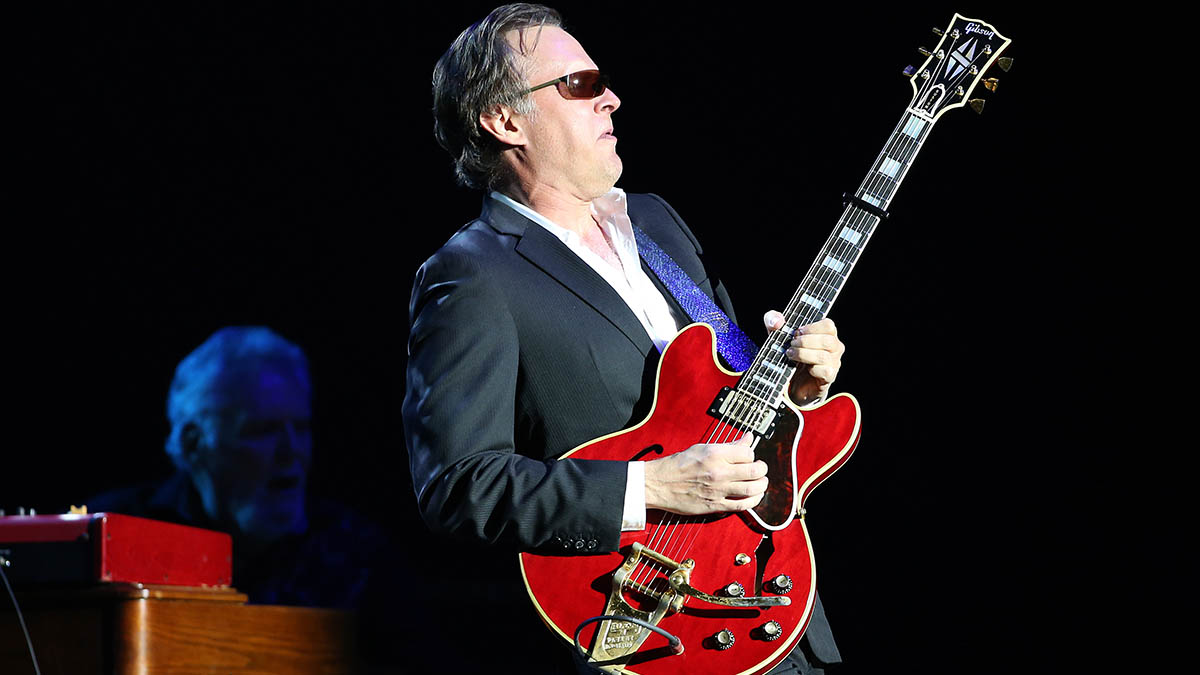Joe Bonamassa shares the blues lessons he learned from Peter Green
Today's biggest-selling bluesman takes you inside the style of the late, great Bluesbreaker and Fleetwood Mac guitarist, and explains why it's all about the phrasing

I recently recorded a cover of the Peter Green/Fleetwood Mac track Lazy Poker Blues, for my upcoming album, Blues Deluxe, Vol. 2. Now, I’d like to offer some insight into another musical tribute of mine to the late, great British guitarist.
For those who may be unfamiliar with Peter, he first came to prominence as Eric Clapton’s replacement in John Mayall’s Bluesbreakers, when Eric left in the spring of 1966 to form Cream.
At the time, Eric was the UK’s preeminent guitarist, popularly nicknamed “God”. In other words, these were very large shoes to fill, and it would have been a tough spot for any guitarist to be in. Peter, as the world would soon discover, was not only up to the task but shined brilliantly during his brief stint with Mayall, splitting in 1967 to form the original Fleetwood Mac.
Peter’s only full album with Mayall, A Hard Road, is one that I listened to countless times as a kid. My cover of the Otis Rush song So Many Roads, which I first cut for You and Me (2006) was based on Mayall’s cover of the tune with Green.
Figure 1 is an improvised solo of mine, inspired by So Many Roads and similarly played over a slow 12-bar blues in the key of F minor, with a 128 triplet feel. Throughout the solo, I’m trying to emulate a bit of Peter’s sound and melodic approach.
Using a Gibson Les Paul (definitely the correct guitar for this application), I’m on the bridge pickup, and while playing, my attention is on listening for the variables in left- and right-hand articulation and touch that will produce the desired sound and feel.

A brief note on the form here. I’m playing “freely” through the chords of a i - iv - v (one - four - five) blues progression in F minor (Fm7 - Bbm7 - Cm7), and bar 4 ended up being only one beat long, as indicated by the time signature 38.
This entire solo melody is based on the F minor pentatonic scale (F, Ab, Bb, C, Eb) and the F blues scale (F, Ab, Bb, Cb, C, Eb), with a very brief inclusion of the 2nd, G, in bars 9 and 10.
Peter’s style had a nonchalant quality to it – the phrases seem so effortless – but he also sounds angry at times
For me, an essential element of Peter’s style, which I strove to emulate here, is his phrasing and uncanny ability to express so much emotion in his melodies. Also, the way the lines are articulated, via picking and fretting techniques, is just as essential as the note choices. Work through every phrase with an ear for how the use of space (silence) is balanced against sudden note barrages that move across bar lines.
Peter’s style had a nonchalant quality to it – the phrases seem so effortless – but he also sounds angry at times. This is something I love about the playing of other British guitarists as well, such as Jeff Beck, Eric Clapton, Jimmy Page and Mick Taylor, all graduates of the mid-’60s British blues explosion.
Get The Pick Newsletter
All the latest guitar news, interviews, lessons, reviews, deals and more, direct to your inbox!
Joe Bonamassa is one of the world’s most popular and successful blues-rock guitarists – not to mention a top producer and de facto ambassador of the blues (and of the guitar in general).










![Joe Bonamassa [left] wears a deep blue suit and polka-dotted shirt and plays his green refin Strat; the late Irish blues legend Rory Gallagher [right] screams and inflicts some punishment on his heavily worn number one Stratocaster.](https://cdn.mos.cms.futurecdn.net/cw28h7UBcTVfTLs7p7eiLe.jpg)
